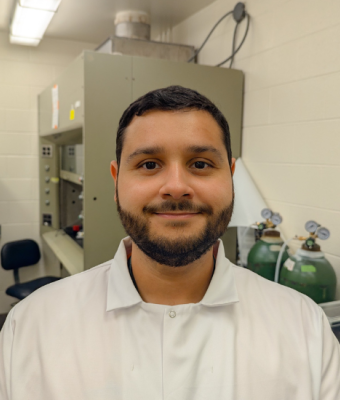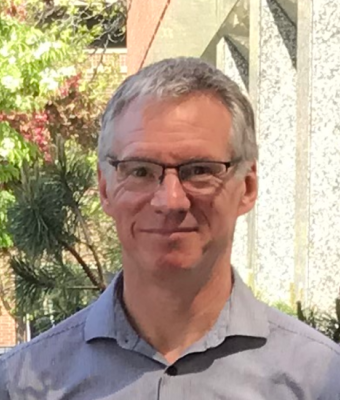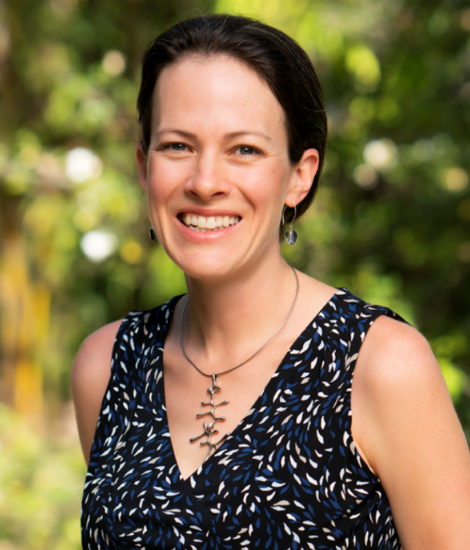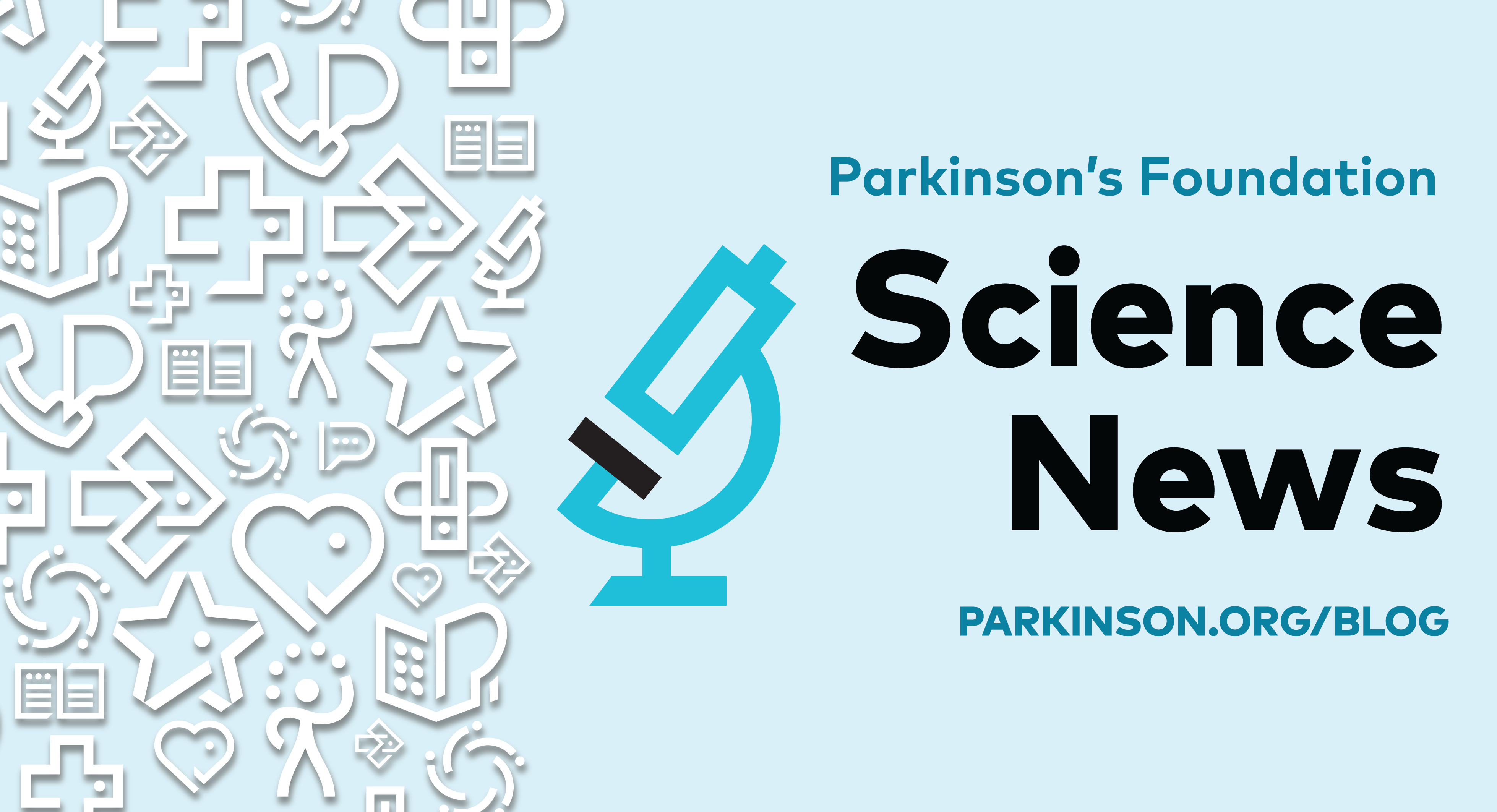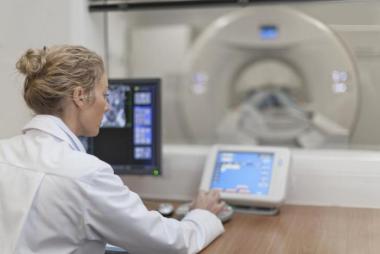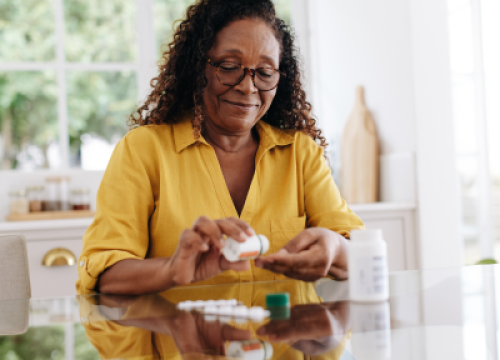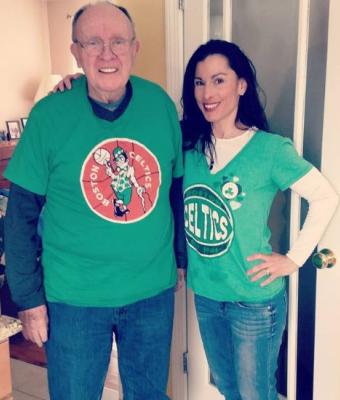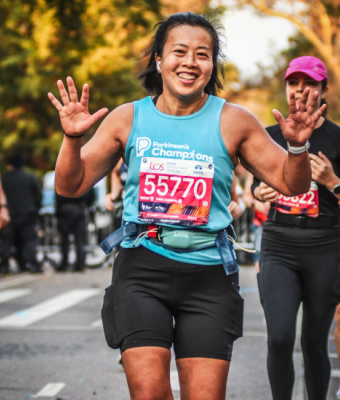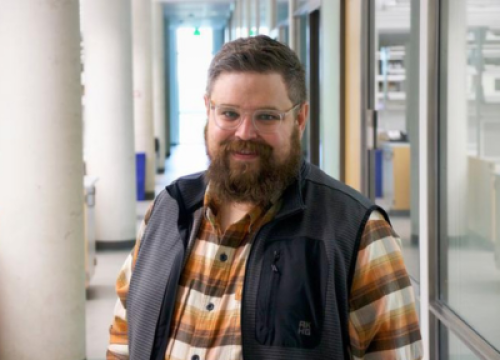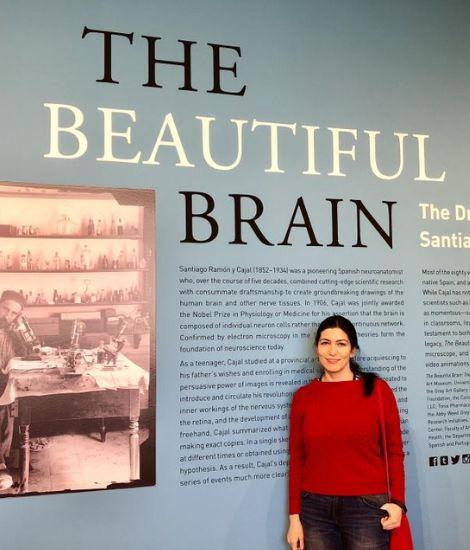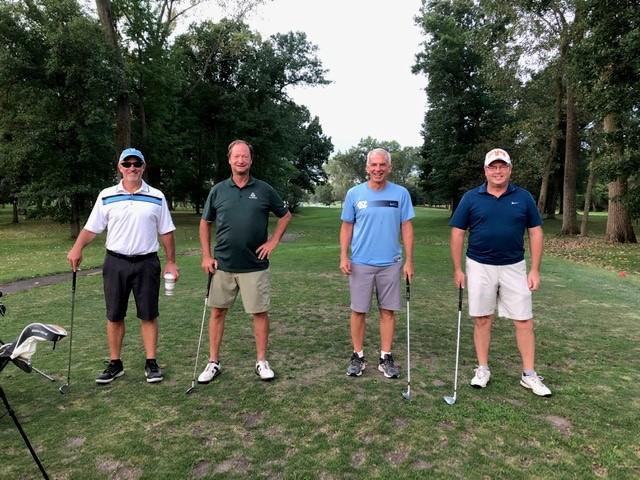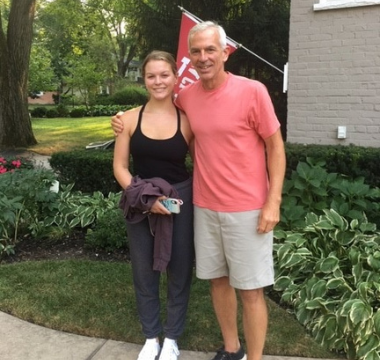My PD Story

Scott Fraser Owen, PhD
2021 Stanley Fahn Junior Faculty Award
Exploring Brain Chemicals’ Role in Parkinson’s Cognitive Decline
Scott Owen, PhD, of Stanford University, received a Parkinson’s Foundation Stanley Fahn Junior Faculty Award to study, understand and restore cognitive function in mouse models of Parkinson’s disease (PD). These findings could lead to more effective, targeted treatments for PD.
Many people with Parkinson’s not only experience loss of motor function and slowing of movement, but also experience cognitive changes including impulsive behavior and reduced capacity for flexible learning — the ability to adapt to a changing environment. While pharmacological and surgical treatments can be effective for treating motor symptoms, there is a critical need for better treatments for cognitive symptoms.
“Changes in cognitive function are comparatively poorly understood, but can be life-changing and debilitating,” said Dr. Owen. “By investigating mechanisms underlying these changes using mouse models, and how these mechanisms respond to common treatments including Levodopa and deep brain stimulation, our goal is to build a fundamental understanding of the underlying biology that can be used to modify, develop and innovate future treatments that are tailored to improve cognitive function.”
Research suggests Parkinson’s symptoms arise from an imbalance between two key brain chemicals, dopamine and acetylcholine. Elevated levels of acetylcholine are essential for flexible learning in the healthy brain, but it is not known whether or how disruption of the relationship between dopamine and acetylcholine contributes to the deficits that are observed in Parkinson’s.
Dr. Owen will investigate where and how acetylcholine acts in the brain to facilitate flexible learning, and how this pathway is altered following the loss of dopamine.
“New tools are emerging and driving discovery in neuroscience at an accelerating rate, making this a particularly exciting time to be in the field,” said Dr. Owen. “Multiple innovations are on the horizon targeting all aspects of Parkinson’s disease from diverse standpoints. I am exceptionally enthusiastic about the potential of this work for guiding future treatments of Parkinson’s and gaining a deeper understanding of brain function.”
Of his grant award, Dr. Owen said, “The award from the Parkinson’s Foundation is an absolutely invaluable jump-start for this project. In addition to directly supporting a specific project, this early funding can have a “multiplier” effect by establishing the foundation for a sustained, large-scale effort focused on Parkinson’s research in my lab in the future. Building on the support from the Parkinson’s Foundation, I anticipate that this work will be a core focus of my lab for many years.”
Meet more Parkinson’s researchers! Explore our ;My PD Stories featuring PD researchers.
Related Materials
More Stories
from the Parkinson's community

